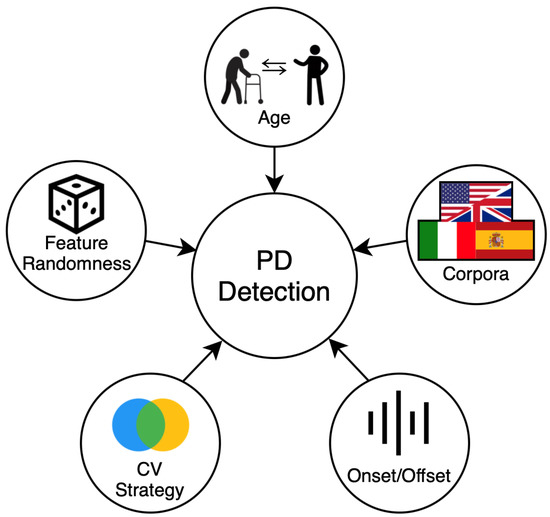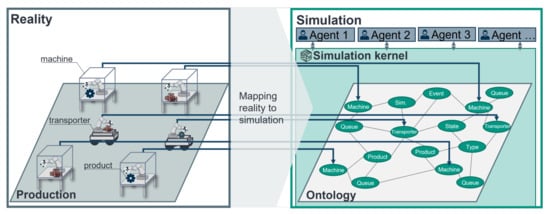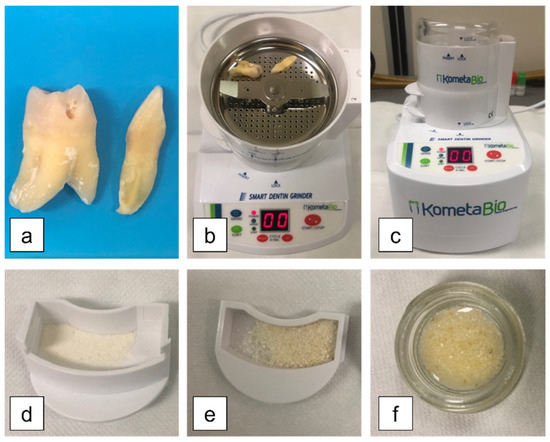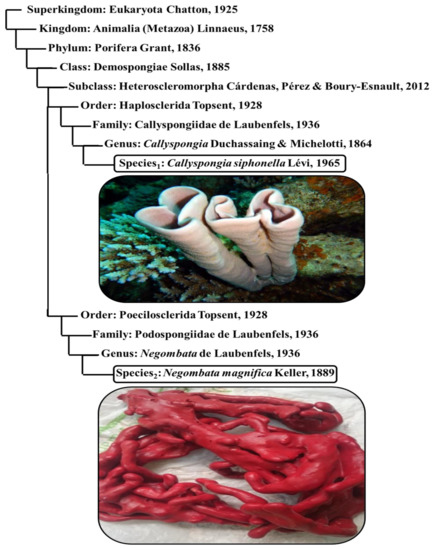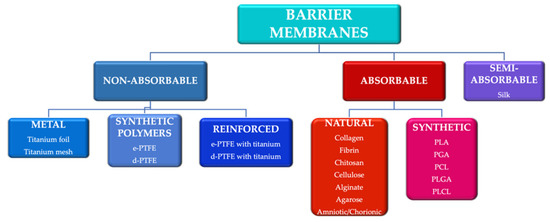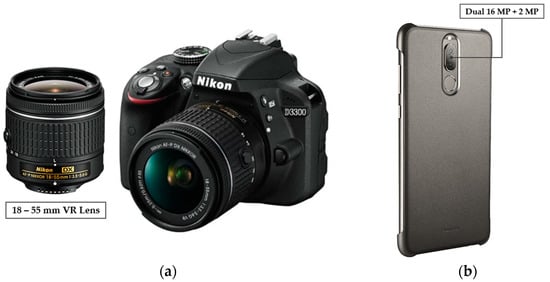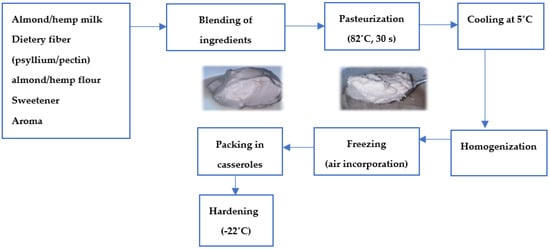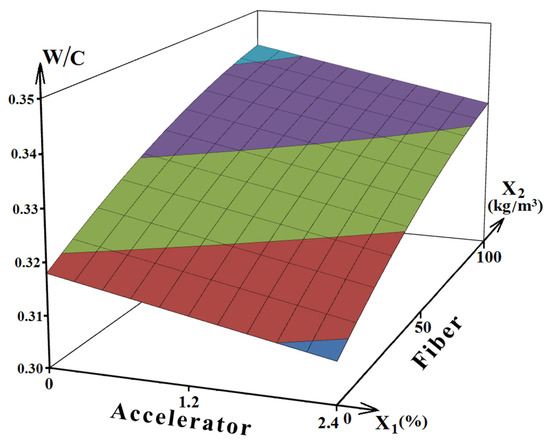Appl. Sci. 2022, 12(3), 991; https://doi.org/10.3390/app12030991 - 19 Jan 2022
Cited by 24 | Viewed by 3767
Abstract
Diagnosing Parkinson’s Disease (PD) necessitates monitoring symptom progression. Unfortunately, diagnostic confirmation often occurs years after disease onset. A more sensitive and objective approach is paramount to the expedient diagnosis and treatment of persons with PD (PwPDs). Recent studies have shown that we can
[...] Read more.
Diagnosing Parkinson’s Disease (PD) necessitates monitoring symptom progression. Unfortunately, diagnostic confirmation often occurs years after disease onset. A more sensitive and objective approach is paramount to the expedient diagnosis and treatment of persons with PD (PwPDs). Recent studies have shown that we can train accurate models to detect signs of PD from audio recordings of confirmed PwPDs. However, disparities exist between studies and may be caused, in part, by differences in employed corpora or methodologies. Our hypothesis is that unaccounted covariates in methodology, experimental design, and data preparation resulted in overly optimistic results in studies of PD automatic detection employing sustained vowels. These issues include record-wise fold creation rather than subject-wise; an imbalance of age between the PwPD and control classes; using too small of a corpus compared to the sizes of feature vectors; performing cross-validation without including development data; and the absence of cross-corpora testing to confirm results. In this paper, we evaluate the influence of these methodological issues in the automatic detection of PD employing sustained vowels. We perform several experiments isolating each issue to measure its influence employing three different corpora. Moreover, we analyze if the perceived dysphonia of the speakers could be causing differences in results between the corpora. Results suggest that each independent methodological issue analyzed has an effect on classification accuracy. Consequently, we recommend a list of methodological steps to be considered in future experiments to avoid overoptimistic or misleading results.
Full article
(This article belongs to the Special Issue Applications of Speech and Language Technologies in Healthcare)
►
Show Figures
